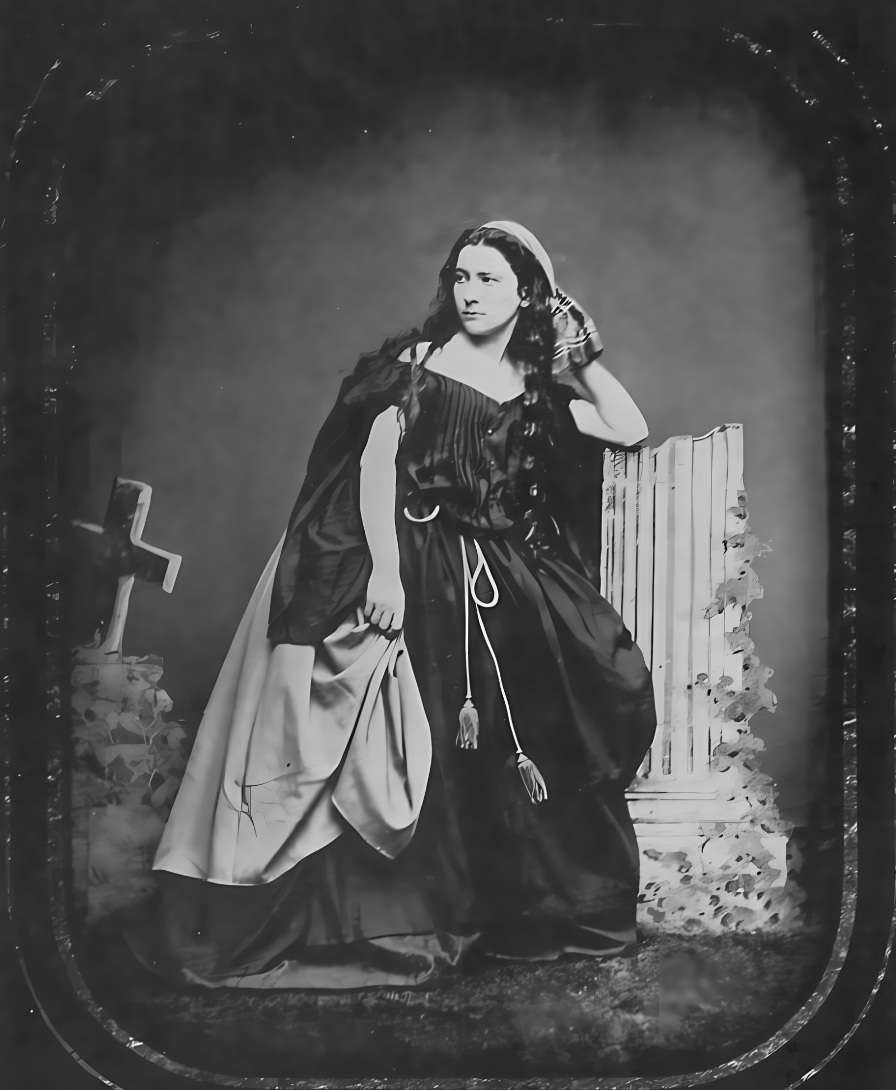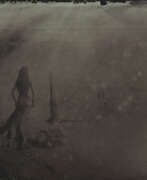Ambrotype

Ambrotype
Ambrotype was an early photographic technique popular in the mid-19th century, known for its unique process and distinctive visual qualities. Developed by Frederick Scott Archer and Peter Wickens Fry in 1854, this method involved creating a positive image on a glass plate coated with a thin layer of collodion and then sensitized with silver nitrate.
One of the special features of Ambrotype is its ability to produce a detailed, sharp image with a rich tonal range. Unlike daguerreotypes, Ambrotypes are less reflective, providing a more matte finish that many collectors find appealing. Each Ambrotype is a unique, one-of-a-kind artifact since the image is directly captured onto the glass plate.
Today, Ambrotypes are highly valued by collectors and are often found in museum collections and antique photography galleries. Institutions like the Getty Museum and the Metropolitan Museum of Art hold notable examples of this technique in their archives.
Interested in learning more about Ambrotypes or adding them to your collection? Sign up for updates on new sales and auction events related to Ambrotypes.
| Country: | America, Europe, USA, United Kingdom |
|---|---|
| Start of the period: | 1851 |
| End of the period: | 1870 |







